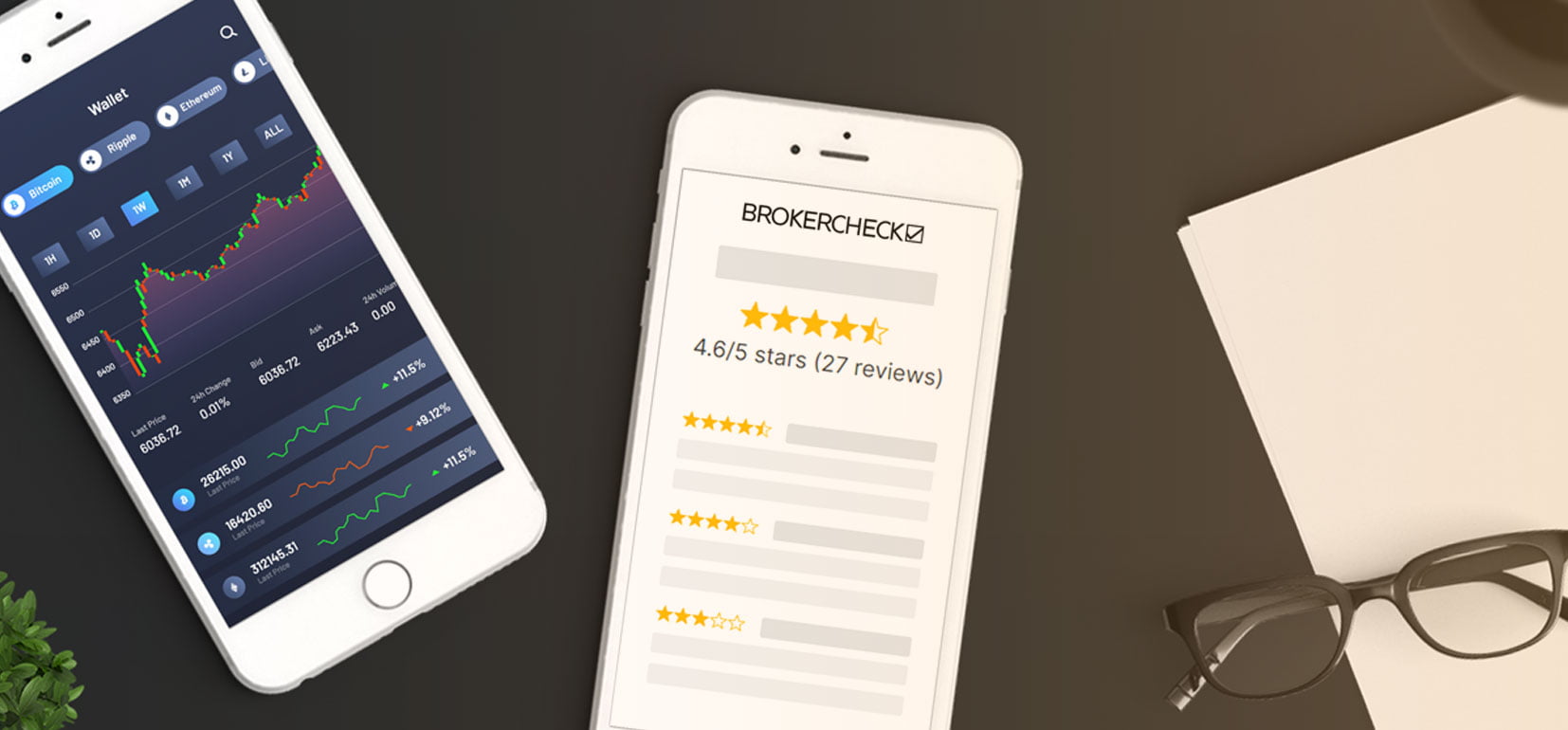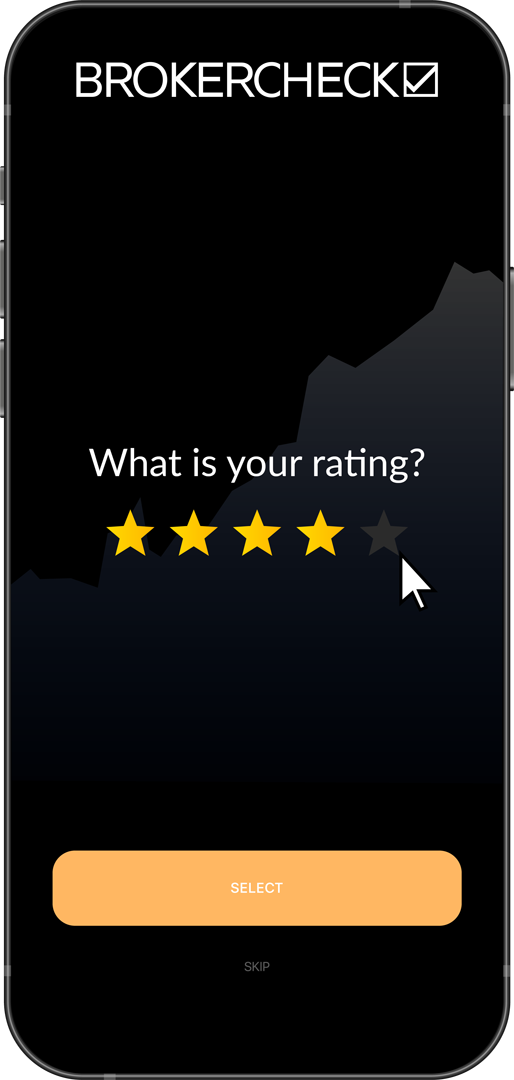1. Understanding the Basics of Cotton Trading
The world of cotton trading is a dynamic and fascinating realm, teeming with opportunities for those willing to delve into its complexities. Cotton, being a crucial commodity in the global market, is traded in vast quantities across various exchanges worldwide. At the core of cotton trading is the understanding of market dynamics, which are influenced by a myriad of factors such as weather conditions, geopolitical events, and economic indicators.
Spot trading and futures trading are the two primary methods employed in cotton trading. Spot trading involves the immediate purchase or sale of cotton, with the transaction being settled ‘on the spot’. On the other hand, futures trading involves buying or selling cotton contracts for delivery at a future date. This method allows traders to hedge against price fluctuations and is a vital tool for managing risk.
Price discovery is a key aspect of cotton trading. It is the process through which the market determines the price of cotton based on supply and demand factors. Traders must keep a close eye on market trends, news, and data to make informed decisions.
Technical analysis and fundamental analysis are two widely used strategies in cotton trading. Technical analysis involves studying price charts and using statistical indicators to predict future price movements. Fundamental analysis, on the other hand, looks at the broader economic and geopolitical factors that can influence the price of cotton.
In cotton trading, understanding the quality grades of cotton is also crucial. The quality of cotton is determined by factors such as color, staple length, and strength, and it significantly impacts the price. Traders must familiarize themselves with the different quality grades and how they influence pricing.
Embracing the complexities of cotton trading can be a rewarding endeavor, providing a unique blend of challenges and opportunities. With the right knowledge, tools, and strategies, traders can navigate this vibrant market with confidence.

1.1. What is Cotton Trading?
Cotton trading is a dynamic and fascinating aspect of the global commodities market, where cotton, a soft, fluffy staple fiber that grows in a boll around the seeds of the cotton plant, is bought, sold, and speculated upon. This trading can occur both physically, where actual bales of cotton change hands, and virtually, where contracts for future delivery of cotton are traded.
The heart of cotton trading lies in its two major forms: spot trading and futures trading. Spot trading involves the immediate purchase or sale of cotton at current market prices, while futures trading involves buying or selling contracts for the delivery of cotton at a specified future date.
Futures trading is particularly interesting as it allows traders to speculate on the future price of cotton, based on factors such as weather patterns, global demand, and geopolitical events. This form of trading is carried out on futures exchanges, with the most prominent being the Intercontinental Exchange (ICE).
Spot trading, on the other hand, is more straightforward and involves the immediate exchange of cotton for cash. This form of trading is typically carried out between cotton growers and textile manufacturers, although intermediary traders can also be involved.
In both forms of trading, the aim is to profit from fluctuations in the price of cotton. These fluctuations can be influenced by a variety of factors, including changes in global cotton production, shifts in consumer demand for cotton products, and alterations in government policies related to agriculture and trade.
Knowledge and understanding of these factors, along with a keen eye for market trends and a willingness to take calculated risks, are key to successful cotton trading. Whether you’re a farmer looking to secure the best price for your crop, a textile manufacturer seeking to ensure a steady supply of raw materials, or a speculator hoping to profit from price movements, cotton trading offers a world of opportunities.
1.2. Importance of Cotton in the Global Market
Cotton is not just a fluffy fiber that makes your clothes soft and breathable. It’s a global phenomenon that powers economies, influences politics, and shapes our everyday lives. Cotton is a commodity traded across international markets, and its importance cannot be overstated.
The king of natural fibers, cotton, has been cultivated for over 7000 years, and today, its global production surpasses 25 million metric tons annually. It’s a crucial component of the textile industry, accounting for nearly 40% of all fiber used worldwide. Cotton’s versatility, durability, and comfort make it the preferred choice for everything from jeans and t-shirts to high-end fashion and home furnishings.
But it’s not just the fashion industry that’s hooked on cotton. The agricultural sector heavily relies on it too. Cottonseed, a byproduct of cotton production, is a valuable source of feed for livestock. Cottonseed oil, extracted from these seeds, is a common ingredient in many food products and cosmetics.
Global trade in cotton is a complex web of supply and demand dynamics, influenced by factors like weather conditions, political instability, and technological advancements. Countries like China, India, the United States, and Pakistan are the world’s top cotton producers, while emerging markets in Africa and South America continue to increase their share.
The world of cotton trading is a high-stakes game that can yield significant profits for those who understand its intricacies. Cotton prices are notoriously volatile, swinging wildly in response to changes in supply and demand. This volatility can be a boon for traders who know how to navigate the market’s ups and downs.
Understanding the importance of cotton in the global market is the first step towards becoming a successful cotton trader. It’s a journey that requires a keen eye for detail, a solid understanding of global economic trends, and a healthy dose of patience. But for those who are up for the challenge, the rewards can be substantial.
1.3. The Role of Cotton in Commodity Trading
Cotton, the fluffy fiber that has clothed humanity for thousands of years, has a unique role in commodity trading. In the labyrinth of global commerce, cotton is not just a commodity; it’s a key player that influences the economic dynamics of many countries.
Consider the United States, for instance, where cotton is one of the country’s top export goods. When cotton prices rise, it can stimulate the economy, affecting everything from the livelihoods of farmers to the stock prices of clothing retailers. But the influence of cotton extends beyond the borders of cotton-producing countries.
In the global trading market, cotton is a benchmark for other soft commodities. Its price is often used as a barometer for gauging the health of the broader economy. When cotton prices are high, it can signal inflation, while low prices can indicate a slowing economy.
Cotton also has a unique attribute that sets it apart from other commodities. Unlike oil or gold, which are finite resources, cotton is a renewable resource. This means that its supply is not limited by the earth’s crust but by the capacity of farmers to grow it. This makes cotton trading a dynamic and ever-changing field, as traders must keep an eye on everything from weather patterns to geopolitical events that could impact cotton production.
Trading cotton, therefore, requires a deep understanding of not just economics, but also agriculture, climate, and international relations. It’s a complex and fascinating field that offers endless opportunities for those willing to delve into its intricacies. Whether you’re a seasoned trader or a beginner looking to dip your toes into the world of commodity trading, cotton offers a unique and rewarding challenge.

2. Getting Started in Cotton Trading
Embarking on your cotton trading journey is like setting sail into the vast ocean of commodities trading. It’s an arena filled with opportunities, risks, and rewards. The first step is to understand the market. Cotton, as a commodity, is influenced by a variety of factors including weather conditions, global production and consumption trends, and economic policies.
- Learning to read these signals is crucial. For instance, a drought in a major cotton-producing region could potentially drive up prices due to reduced supply. On the other hand, a decrease in demand due to changing fashion trends or economic downturns could lead to a drop in prices.
- Establishing a solid trading plan is the next step. This includes setting your financial goals, determining your risk tolerance, and deciding on your trading strategy. Whether you choose to go long, betting on prices to rise, or short, predicting a fall, will depend on your market analysis and risk appetite.
- Choosing the right trading platform is another critical step. Look for platforms that offer real-time data, comprehensive market analysis tools, and reliable customer support. Also, consider the platform’s fees and the ease of funds withdrawal.
- Education and continuous learning cannot be overstated in cotton trading. Stay updated with global cotton industry news, attend webinars, participate in trading forums, and don’t hesitate to seek advice from more experienced traders. Remember, every trader started as a beginner, and every successful journey begins with a single step.
- Practice makes perfect. Consider starting with a demo account to get a feel of the market dynamics without risking real money. This will help you understand how different factors affect cotton prices and how to react accordingly.
- Patience and discipline are your best allies in this journey. The cotton market, like any other commodity market, can be volatile. It’s important not to let emotions drive your trading decisions. Stick to your plan, stay patient, and remember, the market is always right.
2.1. Understanding Cotton Market Dynamics
Grasping the dynamics of the cotton market is akin to mastering the rhythm of a complex dance. Each step, each twirl, each pause has a purpose, and understanding that purpose is key to navigating the market successfully.
The cotton market, like any other commodity market, is influenced by a myriad of factors. Supply and demand dynamics play an integral role in determining cotton prices. A bumper cotton crop in major producing countries like the United States, China, or India can lead to an oversupply in the market, pushing prices down. Conversely, a poor harvest due to unfavorable weather conditions or pest infestations can result in a supply deficit, causing prices to rise.
Global economic conditions also have a significant impact on the cotton market. In periods of economic boom, demand for cotton-based products such as clothing and home furnishings tends to increase, buoying cotton prices. On the other hand, during economic downturns, demand for these products often falls, leading to lower cotton prices.
Government policies in cotton-producing and consuming countries can also sway the market. Subsidies, tariffs, export restrictions, and other trade policies can affect the supply and demand balance, and in turn, cotton prices.
2.2. Steps to Start Cotton Trading
Embarking on your cotton trading journey involves a few crucial steps. First and foremost, educate yourself. Cotton trading is more than just buying and selling; it’s about understanding the market’s intricate dynamics. Read books, attend seminars, and follow industry news to stay informed.
- Next, choose a reliable broker. Your broker is your gateway to the market, so ensure they are reputable and regulated. Look for brokers that offer good customer service, advanced trading platforms, and competitive fees.
- After that, develop a robust trading strategy. Your strategy should be based on comprehensive market research and analysis. It should outline your trading objectives, risk tolerance, and preferred trading methods.
- Start with a demo account before diving into live trading. This will allow you to practice your strategies without risking real money. It’s also a great way to familiarize yourself with the trading platform.
- Monitor the market regularly. Keep an eye on factors that could affect cotton prices, such as weather conditions, geopolitical events, and economic indicators.
- Keep learning. The market is constantly changing, and so should your knowledge and strategies. Stay updated with the latest trends and developments in the cotton industry.
Remember, cotton trading requires patience, discipline, and a keen eye for detail. It’s not a get-rich-quick scheme, but with the right approach and mindset, it can be a rewarding venture.
3. Mastering Cotton Trading Strategies
Cotton trading, much like any other commodity trading, requires a deep understanding of market dynamics and a well-crafted strategy. Success in cotton trading largely hinges on your ability to read and interpret market signals accurately. One of the most effective strategies involves tracking the supply and demand levels of cotton.
This strategy is rooted in the basic economic principle that when supply exceeds demand, prices drop, and when demand outweighs supply, prices rise. By keeping a close eye on cotton production levels and consumption rates around the globe, you can anticipate price movements and make informed trading decisions.
Another strategy revolves around the weather patterns in major cotton-producing regions. Since cotton is a weather-sensitive crop, any significant changes in weather conditions can impact cotton yields and subsequently, prices. For instance, an extended period of drought in a major cotton-producing region can reduce the supply of cotton, causing prices to spike.
Technical analysis is another key strategy that can help you predict future price movements based on past market data. This involves the use of various tools and indicators such as moving averages, trend lines, and Fibonacci retracements to identify potential trading opportunities.
Lastly, fundamental analysis can provide valuable insights into the overall health of the cotton market. This involves examining a wide range of economic indicators, including GDP growth rates, inflation rates, and employment figures, to gauge the overall demand for cotton.
Remember, no single strategy can guarantee success in cotton trading. It’s essential to use a combination of these strategies and continuously adjust your approach based on market conditions.
Knowledge is your most potent weapon in the world of cotton trading. Stay informed, stay flexible, and stay ahead of the game.
3.1. Fundamental Analysis in Cotton Trading
When it comes to cotton trading, one cannot underestimate the importance of fundamental analysis. This method of evaluation is crucial in understanding the intrinsic value of cotton as a commodity. It involves the careful examination of various economic indicators and market factors that could potentially influence the price of cotton.
For instance, weather patterns play a significant role in the production of cotton. Unfavorable weather conditions such as drought or excessive rainfall can lead to a poor harvest, thereby reducing the supply of cotton in the market. This scarcity could drive up the price of cotton.
Similarly, political stability in cotton-producing countries is another factor to consider. Political unrest or changes in trade policies can disrupt the supply chain, which in turn can affect the availability and price of cotton.
Economic trends also have a direct impact on cotton prices. A thriving economy often leads to increased demand for cotton, as it is widely used in various industries such as clothing, home furnishings, and manufacturing. Conversely, an economic downturn can lead to a decrease in demand, causing a drop in cotton prices.
Lastly, the strength of the U.S. dollar is another key factor to consider. Since cotton is traded in U.S. dollars globally, a strong dollar can make cotton more expensive for foreign buyers, potentially leading to a decrease in demand.
By understanding these fundamental factors, traders can make more informed decisions and potentially increase their chances of success in the cotton market. Just remember, while fundamental analysis provides valuable insights, it should be used in conjunction with other trading strategies for optimal results.

3.2. Technical Analysis in Cotton Trading
In the world of cotton trading, technical analysis plays an integral role in predicting future price movements. This analysis is based on the study of past market data, primarily price and volume. The core principle behind this approach is that market psychology influences trading in a way that enables predicting when cotton prices will rise or fall.
One of the most common methods of technical analysis in cotton trading is the use of candlestick charts. These charts offer a visual representation of price movements over a specific period, allowing traders to identify patterns and trends. For instance, a ‘bullish’ candlestick pattern might indicate an upward trend, suggesting it’s a good time to buy, while a ‘bearish’ pattern could signal a downward trend, indicating it’s time to sell.
Aside from candlestick charts, traders also use various technical indicators to help determine potential price movements. These include Moving Averages (MA), Relative Strength Index (RSI), and Bollinger Bands. The MA is a trend-following or ‘lagging’ indicator because it is based on past prices. The RSI, on the other hand, is a momentum oscillator that measures the speed and change of price movements. Bollinger Bands are volatility bands placed above and below a moving average, where volatility increases, the bands widen and when volatility decreases, the bands narrow.
Fibonacci retracement is another widely used technical analysis tool in cotton trading. Traders use this tool to identify potential levels of support and resistance by drawing horizontal lines at the Fibonacci levels of 23.6%, 38.2%, 50%, 61.8%, and 100%.
In essence, technical analysis in cotton trading is a methodological approach that equips traders with the tools to predict future price movements. It’s a blend of art and science, requiring both analytical skills and intuition. While it’s not foolproof, it does provide traders with a solid foundation for making informed decisions. Remember, the key to successful trading lies in understanding and effectively applying these tools and techniques.
3.3. Risk Management in Cotton Trading
In the world of cotton trading, risk management is the linchpin that holds your trading strategy together. This is especially true when dealing with a commodity as volatile as cotton. The first step in managing risk in cotton trading is understanding the factors that influence cotton prices. These include weather conditions, global economic trends, and changes in government policies.
Weather conditions can have a significant impact on cotton production. A dry season can lead to a poor harvest, driving up cotton prices due to decreased supply. On the other hand, ideal weather conditions can lead to a bumper crop, causing prices to drop due to increased supply. By staying abreast of weather forecasts in key cotton-producing regions, you can anticipate price movements and adjust your trading strategy accordingly.
Global economic trends also play a crucial role in cotton prices. When the economy is booming, demand for cotton tends to increase as consumers have more disposable income to spend on cotton-based products. Conversely, during a recession, demand for cotton often decreases, leading to lower prices. Therefore, keeping an eye on economic indicators can help you predict future cotton price trends.
Finally, changes in government policies can have a profound impact on cotton prices. For instance, changes in trade policies can either increase or decrease the demand for cotton, affecting its price. Similarly, changes in agricultural policies can affect the supply of cotton, thereby influencing its price. By staying informed about policy changes in key cotton-producing and consuming countries, you can better anticipate price fluctuations and manage your risk effectively.
In addition to understanding these factors, successful risk management in cotton trading also involves using various risk management tools. These include stop-loss orders, which automatically sell your cotton contracts when prices reach a certain level, and hedging, which involves taking a position in a related market to offset potential losses in the cotton market. By leveraging these tools, you can protect your trading capital and increase your chances of success in the cotton market.
4. Advanced Topics in Cotton Trading
As you delve deeper into the world of cotton trading, there are a few advanced topics that are worth exploring. Futures contracts are a cornerstone of the cotton trading industry. These legally binding agreements to buy or sell cotton at a future date provide both buyers and sellers with a measure of price stability. Yet, they also introduce a level of risk, as market prices can fluctuate unpredictably.
- Price volatility, in fact, is another key aspect of cotton trading. Various factors can influence cotton prices, from changes in weather patterns that affect crop yields to shifts in global demand. Understanding how these factors interact can help you anticipate price changes and make more informed trading decisions.
- Global market dynamics also play a significant role in cotton trading. Cotton is a global commodity, and changes in one part of the world can ripple through the market. For instance, a bumper cotton crop in India could depress global prices, impacting traders worldwide.
- Supply chain complexities are another advanced topic in cotton trading. The journey from cotton field to finished product is a long and intricate one, involving farmers, ginners, spinners, weavers, and retailers. Each link in the chain can impact the price and availability of cotton.
- Regulatory considerations can have a significant impact on cotton trading. From agricultural subsidies to trade tariffs, government policies can greatly influence the cotton market. Staying abreast of these regulations can help you navigate the cotton trading landscape more effectively.
These advanced topics provide a deeper understanding of the complexities of cotton trading. By mastering these areas, you can take your cotton trading acumen to the next level.
4.1. Cotton Futures and Options
Cotton futures and options trading is a fascinating world that offers a myriad of opportunities for traders. As one of the most significant soft commodities in the world, cotton has a vast global market that is influenced by a variety of factors.
Futures are contracts that obligate the buyer to purchase, and the seller to sell, a specific quantity of cotton at a predetermined price on a future date. These contracts are standardized by the exchange, which means that details like the quality of the cotton, the quantity, and the delivery date are pre-set. This standardization makes futures contracts highly liquid, allowing traders to buy and sell with ease.
Options on the other hand, give the buyer the right, but not the obligation, to purchase or sell a specific amount of cotton at a predetermined price within a set time frame. This flexibility makes options a popular choice for traders who want to hedge their risk or speculate on price movements.
The price of cotton futures and options is influenced by a variety of factors, including weather conditions, global production levels, and changes in demand. For example, a poor harvest due to adverse weather conditions can lead to a decrease in supply, causing prices to rise.
Traders can take advantage of these price fluctuations by buying low and selling high, or vice versa. However, it’s important to remember that trading in cotton futures and options involves a high level of risk, as prices can fluctuate wildly in a short period of time. Therefore, it’s crucial to have a solid understanding of the market and to use risk management strategies to protect your investments.
In addition to trading individual futures and options contracts, traders can also use spread trading strategies. These involve buying and selling two different contracts simultaneously to take advantage of price differences. For example, a trader might buy a cotton futures contract for delivery in July and sell a contract for delivery in December, hoping to profit from the price difference between the two contracts.
Whether you’re a seasoned trader or just starting out, cotton futures and options offer a dynamic and exciting market with plenty of opportunities to profit. However, it’s essential to do your homework and understand the risks before diving in.
4.2. Cotton ETFs and CFDs
When you’re ready to diversify your trading portfolio and step into the world of commodities, consider the potential of Cotton ETFs and CFDs. These financial instruments offer a unique way to participate in the cotton market without the need for physical storage or delivery.
Exchange-Traded Funds (ETFs) are investment funds and exchange-traded products that track the price of cotton. ETFs are traded on stock exchanges, making them accessible to a wide range of investors. They offer the advantage of being able to buy and sell shares in the fund just like you would with a regular stock, providing liquidity and flexibility.
Contracts for Difference (CFDs) on the other hand, are derivative products that allow you to speculate on the price movements of cotton without owning the underlying asset. This means you can potentially profit from both rising and falling markets. However, it’s crucial to note that CFD trading involves a high level of risk due to the use of leverage, and it may not be suitable for all investors.
As with any trading strategy, it’s essential to conduct thorough research and understand the risks involved before investing in Cotton ETFs and CFDs. Consider factors such as the current market conditions, historical price trends, and the impact of global economic events on the cotton industry. Keep in mind that while cotton trading can be profitable, it’s not without risk. As such, it’s always a good idea to seek professional advice if you’re new to this type of trading.










